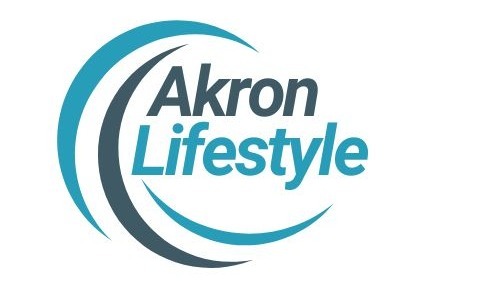
Understanding AI Model Choices in Big Business
The decision between open and closed AI models is becoming a pivotal strategic choice for enterprises like General Motors, Zoom, and IBM. At the recent VB Transform event, leaders from these companies discussed the various factors influencing their model selections. Barak Turovsky, GM's chief AI officer, reminisced about how open-sourcing AI was fundamental in launching significant breakthroughs. He posited that while open-source innovations can eventually lead to closed solutions, the flexibility of a hybrid strategy often allows businesses to leverage the best of both worlds.
Balancing Performance and Cost
Deciding on the right AI model is not just a technical choice; it’s strategic with numerous trade-offs. IBM's Armand Ruiz mentioned the growing prevalence of enterprises adopting models from multiple vendors, a sharp increase from last year. This change reflects a broader trend where businesses are prioritizing choice but also facing a risk of confusion due to the plethora of options available. To mitigate analysis paralysis, IBM focuses on the feasibility of proving models in pilot phases before settling on the best for production.
Innovative Solutions from Zoom
For Zoom, their AI Companion offers customers options to either federate their model with larger foundation models or stick solely with Zoom’s own model. Zoom’s CTO Xuedong Huang emphasized the efficacy of their small language model even without customer data, illustrating how hybrid strategies can efficiently tackle complex tasks. This nuanced approach allows businesses to select models based on their specific needs, providing tailored solutions to enhance productivity.
Future Insights: Embracing AI Evolution
The discussion by AI leaders highlights an evolving landscape where flexibility and adaptability are key for enterprises aiming to utilize AI effectively. As technology advances, organizations must remain agile—constantly reassessing their model strategies to drive innovation and meet stakeholder demands. The decision of which model to adopt will undoubtedly impact operational efficiency, customer satisfaction, and ultimately, a firm’s bottom line.
 Add Row
Add Row  Add
Add 




 Add Row
Add Row  Add
Add 


Write A Comment